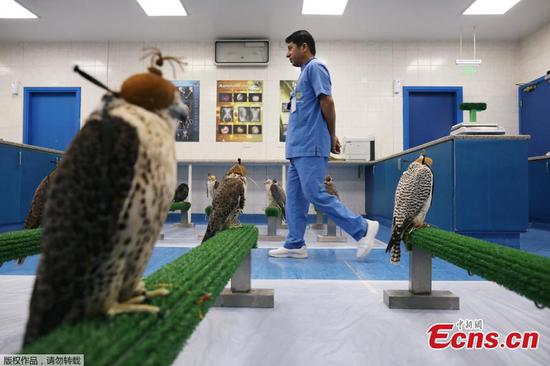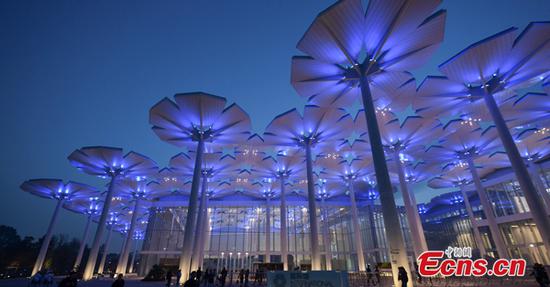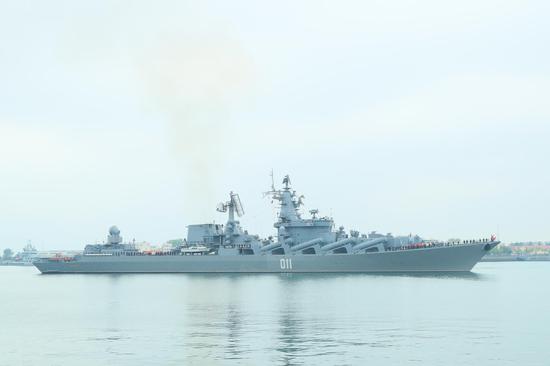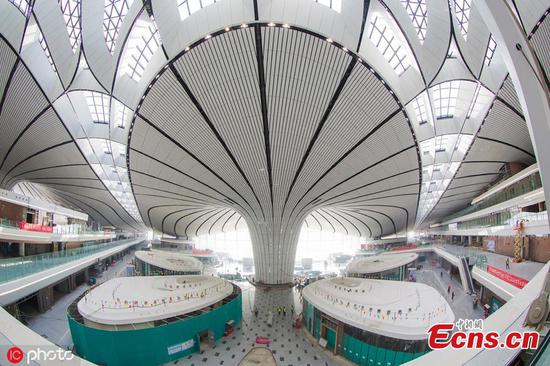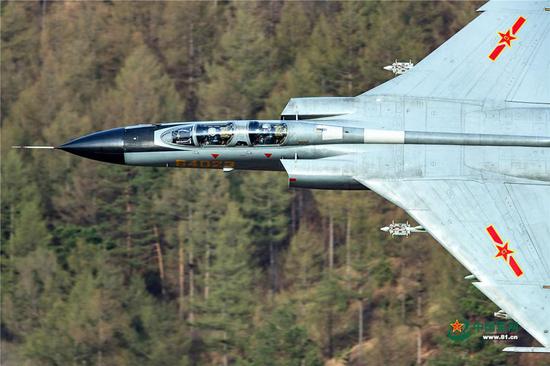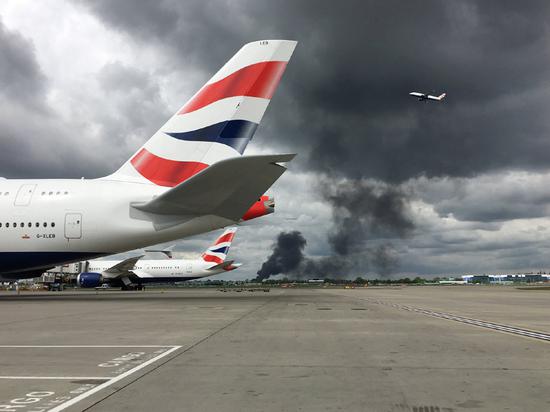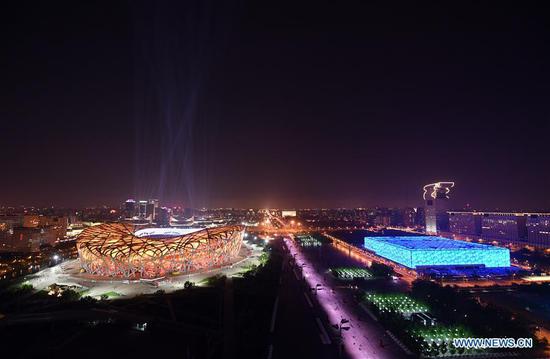Taxiing from the south runway at Hong Kong International Airport, a cargo plane soars into the awesome blue sky against the background of the Hong Kong-Zhuhai-Macao Bridge.
Crowned as one of the busiest cargo airport, Hong Kong International Airport witnesses 68 takeoffs and landings of cargo flights per hour. It served 74.7 million passengers last year, ranking the world's third busiest airport.
Under the Outline Development Plan for the Guangdong-Hong Kong-Macao Greater Bay Area, Hong Kong is expected to consolidate and enhance its status as an international aviation hub. Amid the construction of the Greater Bay Area, the Hong Kong Special Administrative Region (SAR) aims to coordinate with south China's Guangzhou, Shenzhen, the Macao SAR and Zhuhai to develop a world-class airport cluster.
GROWING MARKET FOR WORLD-CLASS AIRPORT CLUSTER
"The highly-growing market in the Greater Bay Area requires an airport cluster to meet the increasing demands on traveling, business, leisure amenities and so on," said Cheung-kwok Law, director of Aviation Policy and Research Center of the Chinese University of Hong Kong.
A collective economic powerhouse in the making, the Greater Bay Area currently has a population of 70 million and a combined GDP of 1.6 trillion U.S. dollars. Under the Outline Development Plan, five main airports and a batch of feeder airports in the Greater Bay Area constitute the airport cluster.
Last year, Hong Kong International Airport and its counterpart in Guangzhou, Shenzhen, Zhuhai and the Macao SAR handled more than 200 million passengers and over 8.3 million tonnes of cargo and air mail. In the next few years, the passenger growth rate in the Greater Bay Area is expected to reach 7 percent, twice as many as that of the global average rate, Law forecast.
According to statistics, the Hong Kong International Airport connects to more than 220 destinations by over 120 airlines. Known as the third busiest airport in terms of passenger, cargo and aircraft movements in the Chinese mainland, Guangzhou Baiyun International Airport serves more than 75 airlines flying to around 210 destinations worldwide. Shenzhen International Airport, Macao International Airport and Zhuhai Airport are also developing rapidly for expansion and routes exploration.
Apart from the rich market as a key factor, the Greater Bay Area also see other advantages, diversified routes covering China and the world, completed infrastructure, well-run airlines such as China Southern Airlines and Hong Kong's flagship carrier Cathay Pacific, superior services in the Greater Bay Area are all ready to serve a fast-growing appetite for aviation development, said Law.
DIFFERENTIAL DEVELOPMENT, POSITIVE INTERACTION
To develop a world-class airport cluster, airports are required to pursue differential development and positive interaction in the Greater Bay Area.
"Aviation industry is of intense competition," Cathay Pacific's Chief Customer and Commercial Officer Paul Loo pointed out. "In the Greater Bay Area, we see tremendous potentials, which requires combined work from each member in the aviation industry to realize."
Since 2001, five main airports in the Greater Bay Area - Hong Kong International Airport, Guangzhou Baiyun International Airport, Shenzhen Bao'an International Airport, Macao International Airport and Zhuhai Airport - have been meeting regularly to strengthen collaboration and promote mutual interests of the airports.
The Greater Bay Area development is based on the complementarity of the respective advantages of the 11 cities in the region. Hong Kong plays the leading role of an international aviation hub.
"Hong Kong International Airport is in close relationship with airports in the Greater Bay Area," said Vivian Cheung, deputy director of Airport Operations of Airport Authority Hong Kong.









